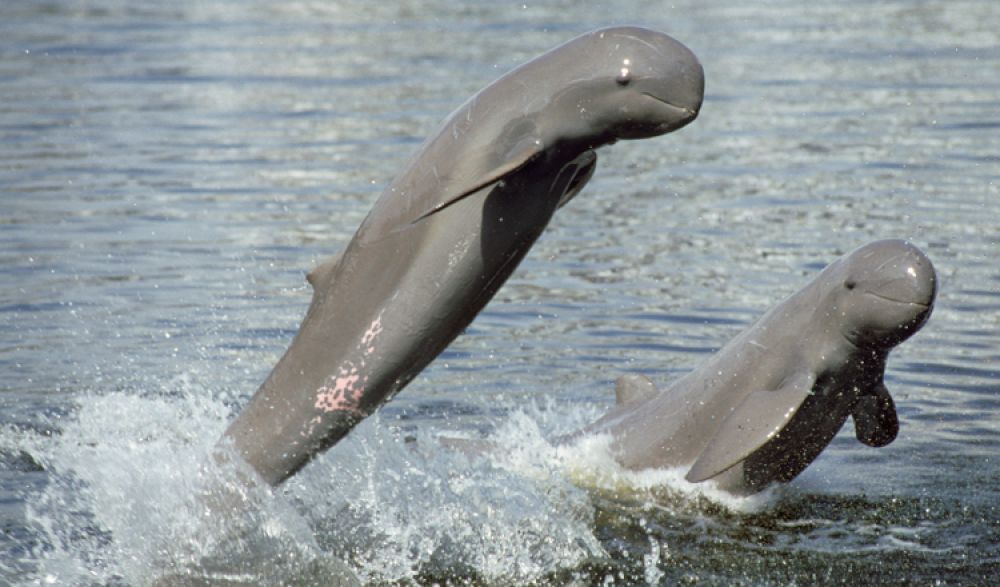

The Kampi Dolphin Pool, located in Kratie province of Cambodia, is a serene area of the Mekong River renowned for being a habitat for the endangered Irrawaddy dolphins. This region's history with the dolphins dates back to countless generations, intertwining the lives of the local communities with these majestic creatures. Historically, the relationship between the dolphins and the locals has been of mutual respect, with the dolphins playing an important role in the local folklore and spiritual beliefs.
Tourism in Krity started to gain traction in the late 20th and early 21st centuries, as the plight of the Irrawaddy dolphins began to draw international attention. Efforts to conserve the dolphins led to the establishment of the Kampi Dolphin Conservation Area, making it one of the most popular tourist destinations in the province.
With the increased awareness of the need for conservation, ecotourism has become a prevalent trend in Kampi. Visitors are encouraged to engage in responsible and sustainable tourism practices to avoid disrupting the natural habitat of the dolphins. The community has benefited from ecotourism, with local guides offering boat tours to view the dolphins while imparting knowledge about these creatures and their importance to the Mekong ecosystem.
Tourists visiting Kampi can enjoy the unique experience of seeing the Irrawaddy dolphins in their natural habitat. The best time for dolphin sightings is typically early in the morning or late in the afternoon. The tourism infrastructure in Kampi has improved over the years, with the development of better access roads, accommodations, and tour operations, all crafted to enhance the visitor experience while prioritizing sustainability.
The future of tourism in Kampi looks optimistic, with ongoing initiatives to further improve sustainable tourism practices. Efforts are being made to train local communities in hospitality and tourism management to ensure visitors have a memorable experience while contributing to the local economy. There is a growing trend towards integrating cultural experiences with wildlife observation, allowing tourists to gain a deeper understanding of the region's heritage.
To preserve the balance between development and conservation, ongoing monitoring and management are required to ensure that the increased tourist activity does not negatively impact the dolphin population. The success of the Kampi Dolphin Pool as a tourist destination rests on the continued commitment to these majestic creatures and the environment they call home.